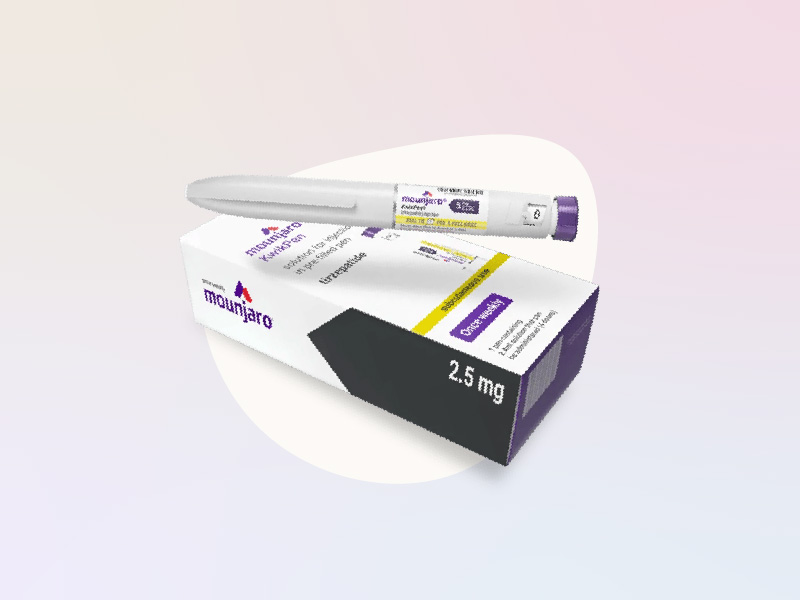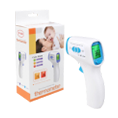Know All About Robotic Knee Replacement Surgery
Your Guide from Easy Pharmacy Hub
Knee pain can be life-changing, making even simple tasks like walking or climbing stairs difficult. For many people with severe arthritis or knee joint damage, knee replacement surgery becomes a necessity. But thanks to advancements in medical technology, traditional surgery is no longer the only option — Robotic Knee Replacement Surgery is here, offering more precision and better outcomes.
At Easy Pharmacy Hub, we believe in empowering you with the latest information in healthcare, so let’s explore what robotic knee replacement is, how it works, and why it’s becoming the preferred choice for patients and surgeons alike.
🤖 What is Robotic Knee Replacement Surgery?
Robotic Knee Replacement Surgery is a modern, minimally invasive technique where a robotic arm assists the surgeon during the procedure. Contrary to popular belief, the robot doesn’t operate independently — it’s a tool controlled by a skilled orthopedic surgeon to enhance accuracy and precision during the knee implant placement.
It’s most commonly used in Total Knee Replacement (TKR) and sometimes Partial Knee Replacement (PKR) surgeries.
🧠 How Does It Work?
-
Pre-Surgical Planning
Using advanced imaging techniques like CT scans or 3D mapping, surgeons can create a detailed plan tailored to the patient’s unique knee anatomy. -
Intraoperative Guidance
During surgery, the robotic system provides real-time feedback and guidance. This helps the surgeon make highly accurate cuts and implant the prosthesis with minimal disruption to surrounding tissues. -
Post-Surgery Precision
The accurate alignment of the joint achieved with robotic assistance can lead to faster recovery, improved joint function, and longer-lasting implants.
✅ Benefits of Robotic Knee Replacement
-
Greater Precision – Minimizes human error and improves the accuracy of implant placement.
-
Faster Recovery – Many patients report quicker healing and less pain post-surgery.
-
Better Joint Function – More natural movement and joint stability.
-
Less Blood Loss – The minimally invasive approach reduces trauma to surrounding tissues.
-
Longer-Lasting Results – Enhanced alignment may extend the life of the implant.
🧓 Who is an Ideal Candidate?
Robotic knee replacement may be suitable for:
-
Patients with severe osteoarthritis
-
Individuals who have not responded to conservative treatments like medications or physiotherapy
-
Those looking for a more precise and potentially faster recovery option
However, not everyone is a candidate. The final decision depends on your orthopedic surgeon’s evaluation.
💊 Role of Pharmacies in Recovery
After surgery, pharmacies like Easy Pharmacy Hub play a vital role in patient recovery:
-
Supplying pain management medications
-
Providing joint supplements and anti-inflammatory drugs
-
Supporting patients with mobility aids and rehabilitation products
-
Offering guidance on post-surgery medication management
We’re here to ensure you have access to everything you need for a smooth recovery.
🏥 Conclusion
Robotic Knee Replacement Surgery is revolutionizing orthopedic care by offering safer, faster, and more effective outcomes. Whether you’re considering the procedure or helping a loved one through recovery, knowing the facts can help you make informed decisions.
At Easy Pharmacy Hub, we’re committed to supporting your health journey every step of the way — from medication support to recovery essentials.
Need help post-surgery?
Visit Easy Pharmacy Hub or talk to our expert pharmacists for personalized care and recovery support.










